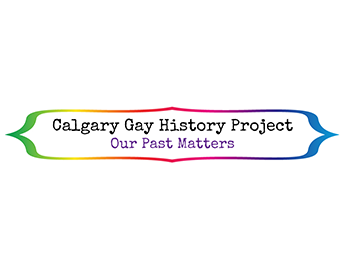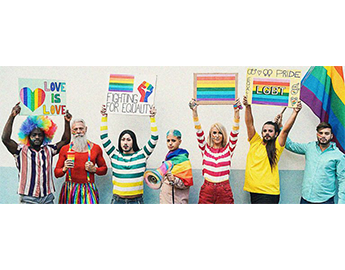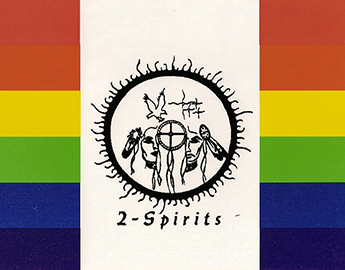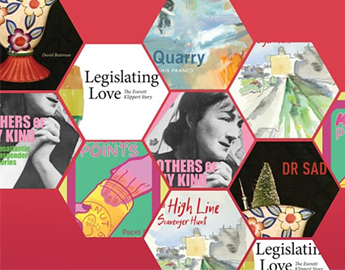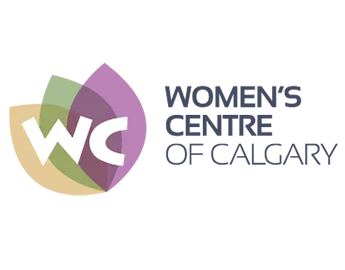
LGBTQ2S+ History and Archives
An opportunity to discover and celebrate LGBTQ2S+ culture, faith, and history, as well as the tremendous contributions of LGBTQ2S+ communities to Alberta's social, political, and economic fabric.
When discussing the history of Pride, many immediately think of the Stonewall Riots. However, Canada also has a significant history of LGBTQ2S+ rights milestones. One notable event is the Toronto raids, which sparked riots and eventually evolved into today's vibrant Pride festival.
Canada's journey includes several pivotal moments, particularly in Calgary and Alberta. Here's a timeline of key events that contributed to the Pride movement in these regions and supported the broader Canadian movement.
Calgary’s history
- East Village boasts its own LGBTQ2S+ history, with references to historic bathhouses like Dan Dominique's, contributing to the diverse tapestry of Calgary's queer past.
- Formerly known as The Old Y, this building is significant in Calgary's LGBTQ2S+ history. Initially serving as the site for pioneering peer support organizations such as the People’s Liberation Coalition (PLC) and Gay Information and Resources Calgary (GIRC), it evolved into a thriving hub for queer non-profits and collectives.
- Central Memorial Park, once a notorious gay cruising spot in the 1970s, witnessed frequent police harassment of queer individuals. In 1981, law student Henry Berg challenged this discrimination and emerged victorious, paving the way for progress. In 1990, the park's Boer War Memorial became the backdrop for Calgary's inaugural Pride Rally, marking the genesis of Calgary Pride.
- Tomkins Park, nestled on the south edge of the Beltline, played host to numerous Pride Festivals in the 1990s, aligning with the Pride Parade's route down 17th Avenue. Books N' Books, an independent bookstore adjacent to Tomkins Park, proudly stocked LGBTQ2S+ literature and publications, contributing to the community's intellectual and cultural landscape.
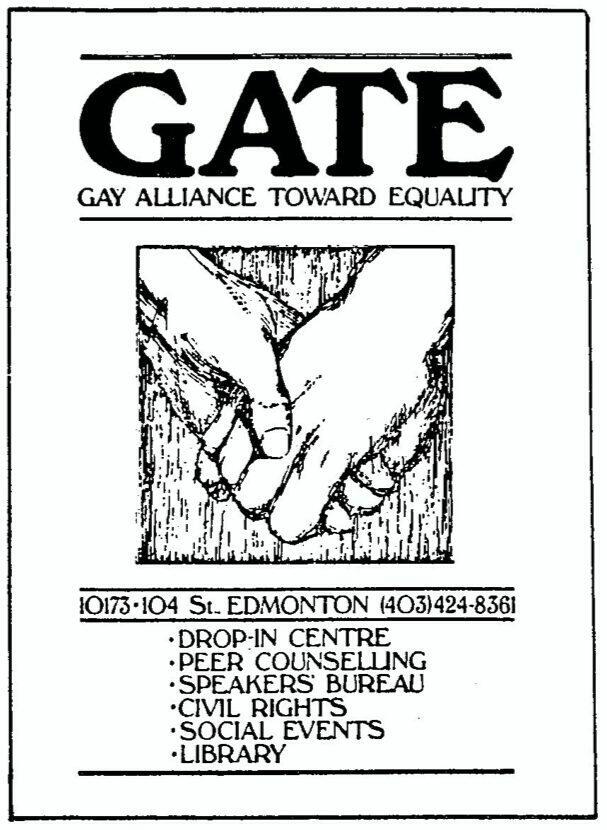
GATE Ad in Womonspace NewsLetter | March 1983, 1(3)
Edmonton Queer History Project

Thomson Bros. Block in 1983
Harry Palmer, http://www.aportratitofcanada.ca
Gay Alliance Toward Equality
During the 1970s, the Gay Alliance Toward Equality (GATE) was primarily driven by a political agenda to advocate for fair and equitable representation of LGBTQ2S+ individuals in Canadian society. However, alongside its political lobbying efforts, GATE also served as a vital social platform, offering a safe and supportive environment for LGBTQ2S+ individuals taking initial steps towards embracing their identity openly.
One significant action by GATE was presenting a brief to the Alberta legislature, urging the inclusion of sexual orientation as a protected ground in the new Individual's Rights Protection Act. During an address to the legislature, it was emphasized that by neglecting to afford basic human rights protections to gays and lesbians, the government was effectively denying civil liberties to nearly 82,000 Albertans.
Gay Information and Resources Calgary
Gay Information and Resources Calgary (GIRC) commenced operations in June 1975, led by Windi Earthworm, a prominent gay artist and activist. GIRC's tenure extended into the early 1980s, during which it hosted the National Gay Rights Conference.
Initially located in the historic Thomson Brothers Block on Stephen Avenue, GIRC faced challenges promoting its services, particularly through local media outlets. Despite Calgary boasting two daily newspapers at the time - the Albertan and the Calgary Herald - GIRC encountered divergent responses to its attempts at outreach.
While the Albertan accepted their advertisement, the Calgary Herald rejected it outright. The Herald's advertising manager expressed concerns about GIRC's purported impact on family values, asserting the newspaper's commitment to upholding its family-oriented image.
Despite GIRC's efforts to address this issue through official channels like the Alberta Human Rights Commission and the Alberta Press Council, their grievances still need to be addressed.
This incident highlighted the prevalent media censorship of LGBTQ2S+ content across Canada during the 1970s. In Calgary, this censorship persisted until the late 20th century, as evidenced by media resistance to campaigns like the Gay and Lesbian Community Services Association's Out is OK, which faced similar obstacles to GIRC's advertising efforts.
National Gay Rights Conference
One of the earliest confrontations between City Hall and the gay community happened in 1980 when the Gay Information & Resources Calgary (GIRC) hosted a national gay rights conference at the University of Calgary.
During the 70s and 80s, these conferences moved around the country as the gay rights movement began to pick up speed, with Calgary’s conference being the 8th annual event. At each conference, the organizers would stage a human rights parade; however, City of Calgary Police Chief Brian Sawyer refused the permit for the parade, citing that “confrontation was a possibility.” On June 28th, 1980, organizers decided to march anyway with forty conference delegates, marching for half an hour, ending at City Hall with their signs of protest. Forty conference delegates marched silently for half an hour, concluding their march at City Hall with protest placards. Following the march, delegates gathered for a rally in Centenary Park on St. George’s Island.
GIRC, originally located in the Old Y Centre for Community Organizations, serves as a precursor to Calgary Outlink, which continues its advocacy work today as a direct descendant of the 1970s incorporated non-profit society.
Project Pride Calgary
In 1987, Project Pride Calgary (PPC) emerged as a coalition uniting various gay and lesbian organizations in Calgary to advance LGBTQ2S+ visibility and rights. By 1988, inspired by the Stonewall Riots, PPC organized Calgary's inaugural Pride festival to celebrate LGBTQ2S+ identity and assert demands for equality.
By 1990, PPC had become a leading force for LGBTQ+ advocacy in Calgary. In preparation for the International Gay Games in Vancouver, PPC collaborated with the Calgary Lesbian and Gay Political Action Guild (CLAGPAG) to organize a rally featuring participants wearing Lone Ranger masks, symbolizing the discrimination faced by the LGBTQ2S+ community. Approximately 140 individuals gathered at the Old Y building, then marched to Central Memorial Park, with some donning paper bags to further highlight the pervasive fear and stigma. This rally underscored the urgent need for LGBTQ2S+ rights and laid the foundation for a more inclusive future in Calgary.
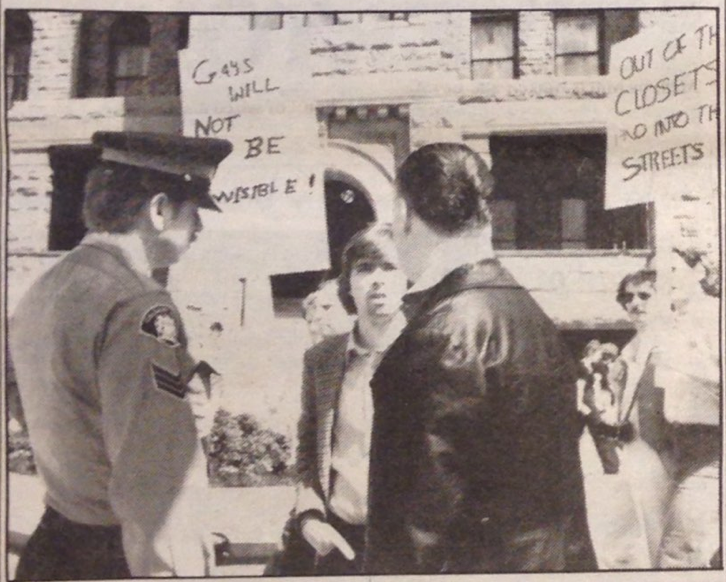
GIRC President Bob Harris talking to police at City Hall Rally, June 28, 1980
Body Politic, Issue 65 August 1980.
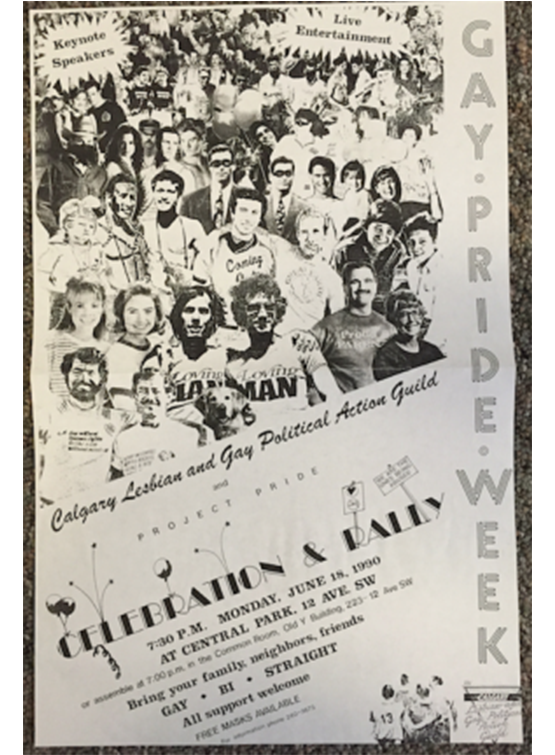
1990 Pride Rally Poster
Calgary Lesbian and Gay Political Action Guild (CLAGPAG)

LGBTQ2S+ History in Canada
Take a quiz to test your knowledge about the LGBTQ2S+ community in Canada.
This quiz is made available by The Canadian Encyclopedia | Historica Canada
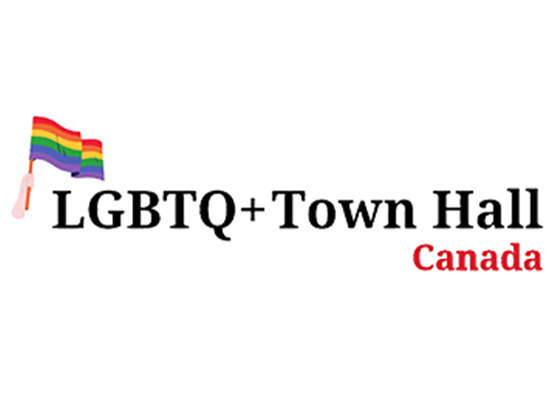
The Canadian Lesbian and Gay Archives (CGLA) in Toronto
The CGLA's ibrary of books, periodicals, papers, and organizational records is one of the largest in the world.
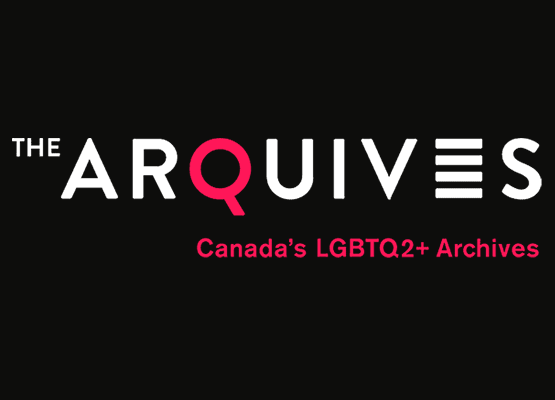
The ArQuives, Canada's LGBTQ2+ Archives
The ArQuives aspires to be a significant resource and catalyst for those who strive for a future world where LGBTQ2S+ people are accepted, valued, and celebrated.

